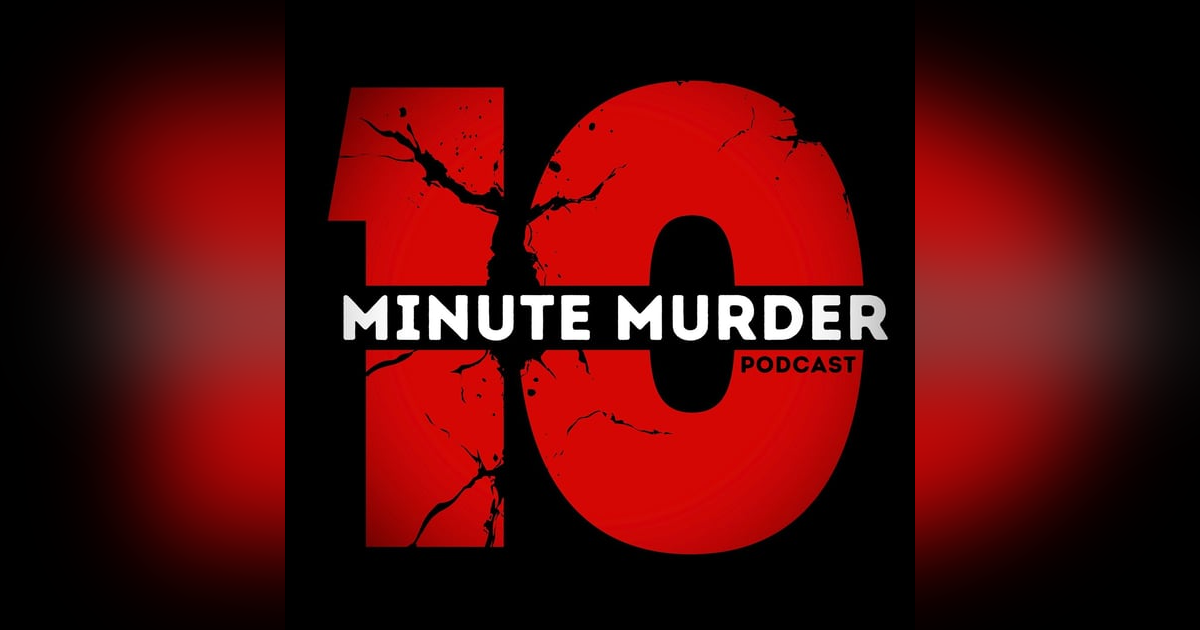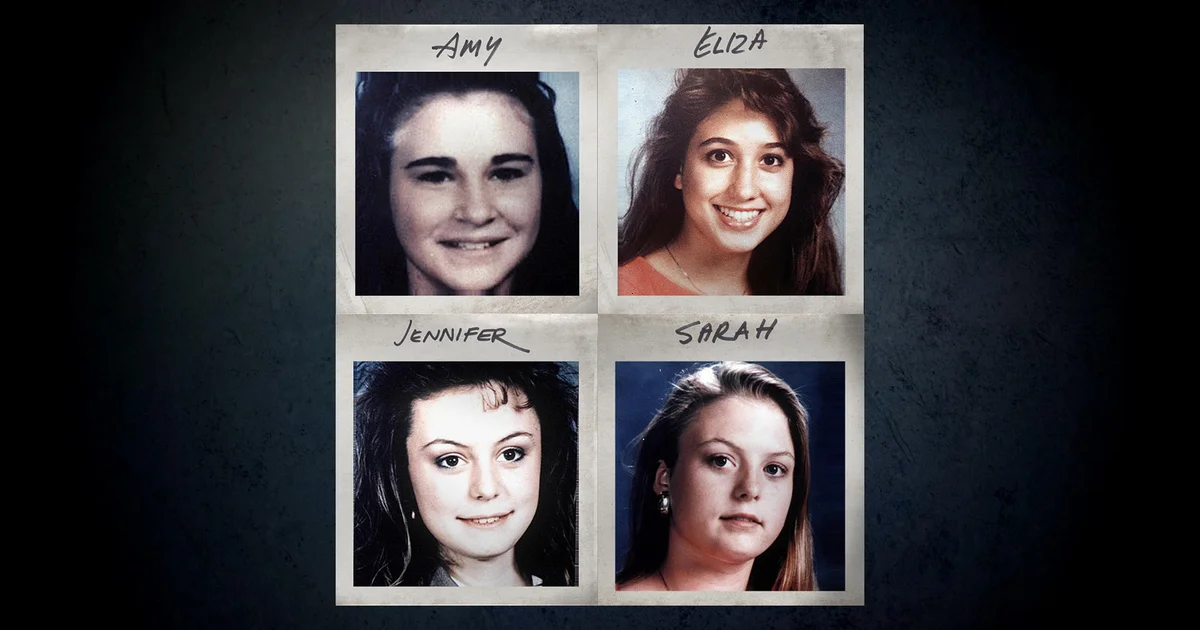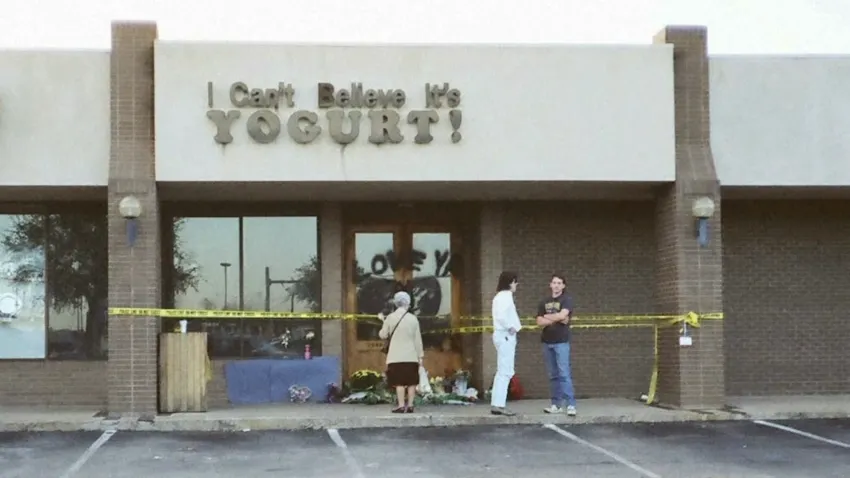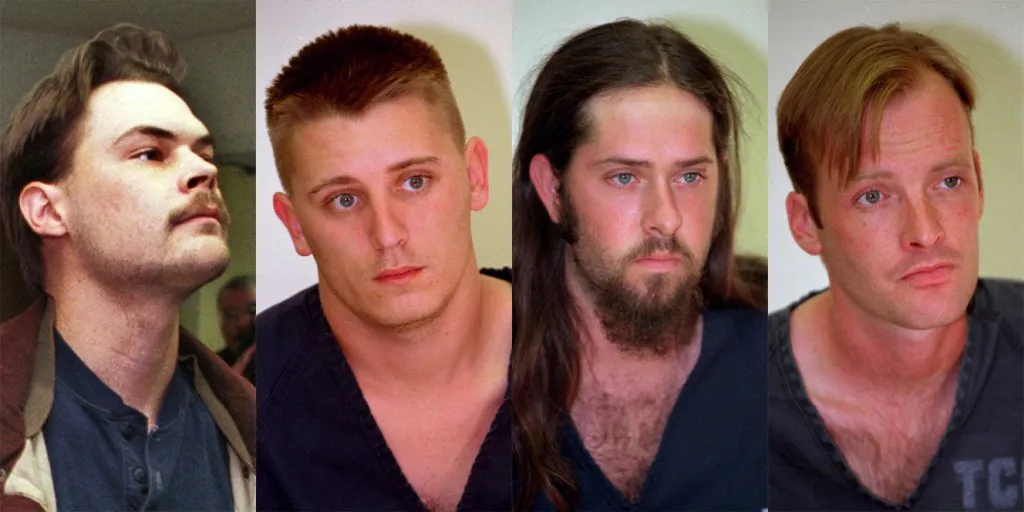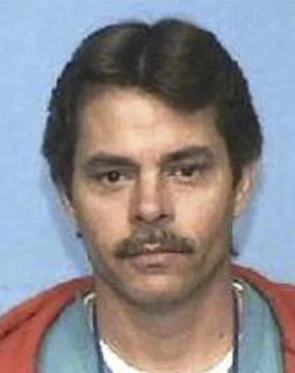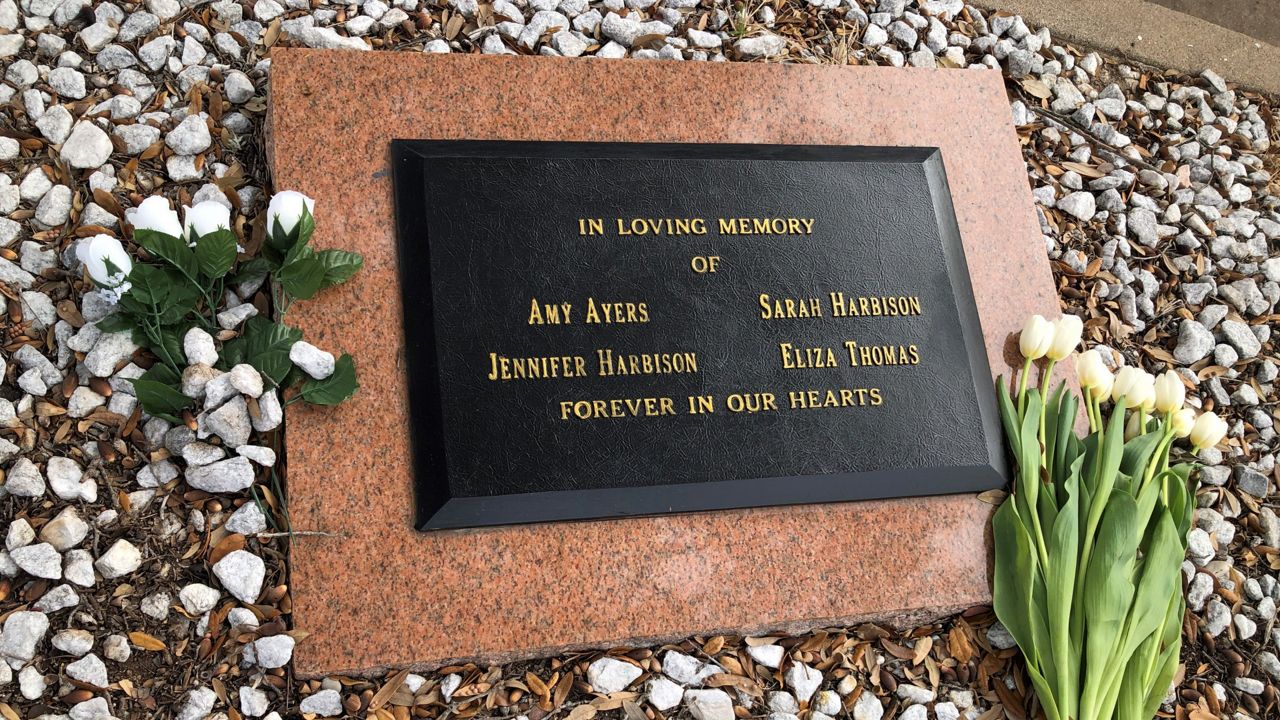The Austin Yogurt Shop Murders: How DNA Finally Solved a 34-Year-Old Cold Case
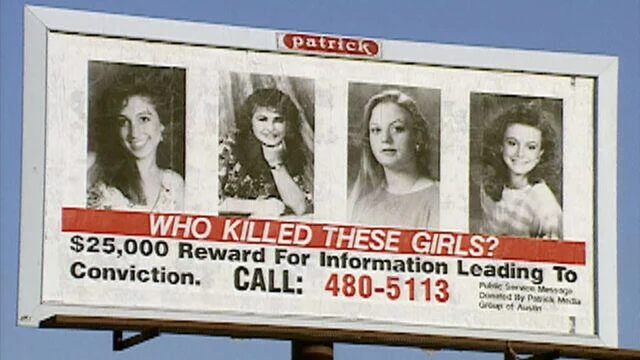
December 1991. Four teenage girls. An Austin yogurt shop. By the time firefighters put out the flames, three bodies were burned beyond recognition. The evidence was destroyed. Two innocent men went to prison. And the real killer was dead before anyone even knew his name. This is the story of how science finally caught up to the truth.
How a Serial Killer Fooled Everyone for 34 Years
So here's what happened on December 6th, 1991, in North Austin. Four teenage girls were working and hanging out at a place called I Can't Believe It's Yogurt. Two of them, Eliza Thomas and Jennifer Harbison, were employees. Jennifer's younger sister Sarah and her best friend Amy Ayers had stopped by to catch a ride home. These were normal kids doing normal things on a Friday night.
Someone came in through the back door right before closing time. What happened next was so violent, so methodical, that it would haunt investigators for more than three decades. The girls were bound with their own underwear. They were gagged. Each one was shot in the head. Amy Ayers, who was only 13 years old, was shot twice. Then the killer set the building on fire.
When firefighters arrived, the yogurt shop was engulfed in flames. They poured thousands of gallons of water onto the scene, which saved the building but destroyed almost everything inside. Three of the four bodies were burned so badly that investigators couldn't immediately identify them. The jewelry Jennifer Harbison was wearing had melted. The crime scene was compromised in every way you can think of. Water, fire, smoke, contamination. If you wanted to design a scenario where forensic evidence gets obliterated, this would be it.
The initial theory was that this was a robbery gone wrong. Fifty dollars was missing from the cash register. But fifty bucks doesn't explain why four teenagers were bound, shot, and burned. Investigators suspected sexual assault early on, and that theory would turn out to be critical decades later. But in 1991, they didn't have the tools to prove it.
When the Wrong People Go to Prison
For eight years, the case went cold. Then in 1999, a new team of detectives decided to take another look. They focused on a group of young men who had been questioned right after the murders. Four guys, all teenagers at the time of the crime. Robert Springsteen, Michael Scott, Maurice Pierce, and Forrest Welborn.
Maurice Pierce had been arrested a few days after the murders while carrying a .22 caliber gun near the yogurt shop. That was one of the weapon types believed to have been used in the killings. So naturally, he became a person of interest. But the real pressure fell on Springsteen and Scott.
Here's where things get messy. Both men eventually confessed. Springsteen was sentenced to death in 2001. Scott got life in prison in 2002. Charges against Pierce and Welborn were dropped because there wasn't enough evidence. But here's the thing about those confessions. Both men later said they were coerced. They said the police put so much pressure on them during interrogations that they just broke down and said what the detectives wanted to hear.
And guess who was involved in those interrogations? A detective named Hector Polanco. Polanco had a history. He had previously been accused of coercing false confessions in another case involving two men named Christopher Ochoa and Richard Danziger. Those guys served 13 years in prison before they were exonerated. Danziger was assaulted in prison and suffered permanent brain damage. When Polanco's track record came to light, it raised serious questions about whether Springsteen and Scott had actually done anything wrong, or if they were just two more victims of bad police work.
Seven jurors from the original trials later said they wouldn't have convicted Springsteen and Scott if they had known about Polanco's history. Think about that. Seven people who voted to send these men to prison said they made a mistake based on incomplete information.
DNA Says No
In 2006, Springsteen's conviction was overturned by the Texas Court of Criminal Appeals. The court ruled that using Michael Scott's confession against Springsteen violated his constitutional right to confront his accuser. Scott's conviction was thrown out a year later for the same reason. Prosecutors wanted to retry both men, but first they needed to figure out who the mystery DNA belonged to.
Back in 1991, investigators had recovered a small sample of male DNA from vaginal swabs taken from one of the victims. It wasn't much, but it was enough to run tests. When they finally analyzed it using advanced techniques, the results were clear. The DNA didn't match Springsteen. It didn't match Scott. It didn't match Pierce or Welborn. It didn't match anyone in the national database.
In October 2009, all charges were dropped. Springsteen and Scott walked out of prison after spending nearly ten years behind bars for a crime they didn't commit.
The System Fails Twice
You would think that after being wrongfully imprisoned for a decade, these men would be entitled to compensation. Texas has a Wrongful Imprisonment Act that's supposed to provide financial restitution for people who are exonerated. But here's the catch. To get that money, you need either a full pardon based on innocence, or a finding of actual innocence made during a habeas corpus proceeding.
Prosecutors never officially declared Springsteen innocent. And because the finding wasn't made in the right legal venue, the Texas Supreme Court rejected his petition. He was denied nearly $720,000 in compensation. So let me get this straight. The state put him on death row based on a coerced confession. DNA proved he didn't do it. He spent ten years in prison. And then the state said, sorry, we can't pay you because of a technicality. That's not justice. That's bureaucracy winning over common sense.
Waiting for Science to Catch Up
Meanwhile, the real killer was never caught. Investigators knew the DNA sample was crucial, but it was so limited that they couldn't afford to waste it on tests that might not work. A representative named McCaul said publicly that they were waiting for DNA science to improve before they used up what little evidence they had left. It was a gamble, but it was the right call.
For 16 years after Springsteen and Scott were released, that DNA sample just sat there. Preserved. Protected. Waiting for technology to evolve. And in September 2025, it finally did.
The Breakthrough
Genetic genealogy changed everything. This is the same technique that caught the Golden State Killer. Investigators took the partial Y-STR DNA profile from the crime scene and ran it through genealogy databases. They built family trees. They traced lineages. And eventually, they landed on a name. Robert Eugene Brashers.
Brashers was a serial killer and rapist who had been terrorizing people across multiple states for years. In 1988, he was convicted of attempted first-degree murder, aggravated battery, and using a firearm in Florida. He was sentenced to 12 years but got out early in 1989 because of lenient laws at the time. Two years later, he murdered four girls in Austin.
After the yogurt shop murders, Brashers kept going. DNA linked him to a murder in Greenville, South Carolina in 1990. He raped a 14-year-old girl in Memphis in 1997. In March 1998, he killed Sherri and Megan Scherer, a mother and daughter, in Missouri. Both were sexually assaulted.
In January 1999, Brashers died by suicide during a police standoff. He was 40 years old. And here's the thing that makes this whole story even more infuriating. Brashers killed himself months before Springsteen, Scott, Pierce, and Welborn were arrested. The real killer was already dead when the wrong people went to prison.
The Final Piece
DNA alone was enough to identify Brashers, but there was also physical evidence that backed it up. A retired detective named John Jones confirmed that the gun Brashers used to kill himself in 1999 matched a bullet casing found in a drain inside the yogurt shop back in 1991. So now you've got DNA and ballistics both pointing to the same person. There's no question. Robert Eugene Brashers murdered those four girls.
Why This Case Still Matters
The Austin Police Department announced the breakthrough in September 2025. They called it a significant development. But here's what's interesting. They also said the case is still open and ongoing. Even though Brashers is dead. Even though the DNA matches. They're keeping it open.
That tells you something. It suggests they think Brashers might have had accomplices. Early on, investigators theorized that more than one person was involved because different types of guns were used. So even though they know who the primary killer was, they're not ready to close the book completely. They're still looking for answers.
This case is a perfect example of how the justice system can fail in multiple directions at once. It failed the victims by letting a serial killer walk free after serving only part of his sentence. It failed Springsteen and Scott by putting them in prison based on coerced confessions. And it failed them again by refusing to compensate them after their exoneration.
But it also shows how science can eventually get it right. Genetic genealogy didn't exist in 1991. It barely existed in 2009 when Springsteen and Scott were released. But by 2025, it was advanced enough to solve a 34-year-old cold case with a tiny DNA sample that investigators had been protecting for decades. That's the power of patience and progress.
The families of Jennifer Harbison, Sarah Harbison, Eliza Thomas, and Amy Ayers finally have an answer. It took 34 years, but they know who killed their daughters. And Springsteen and Scott finally have proof that they were telling the truth all along. Their confessions were lies. The DNA doesn't lie. And now everyone knows it.
